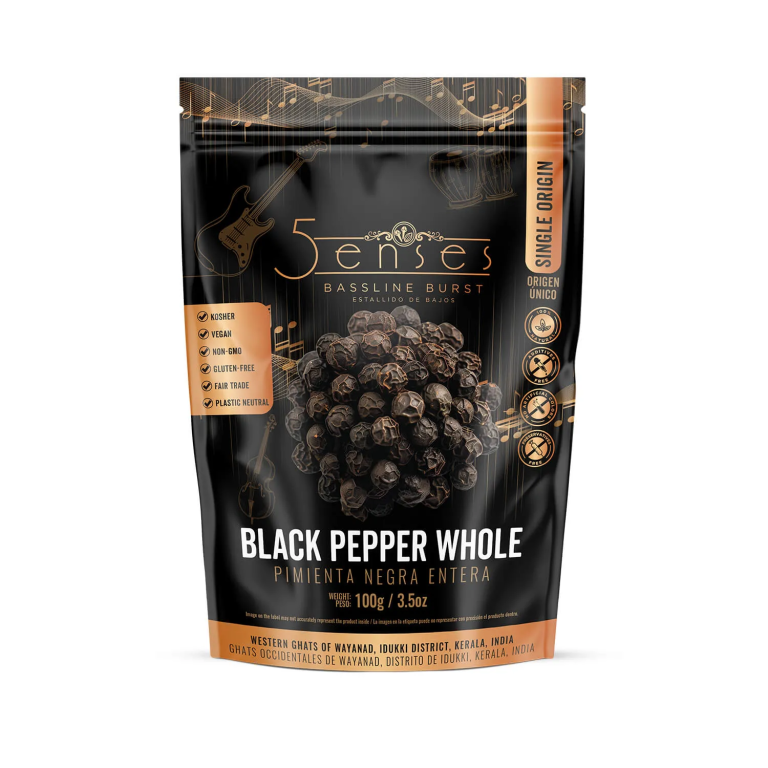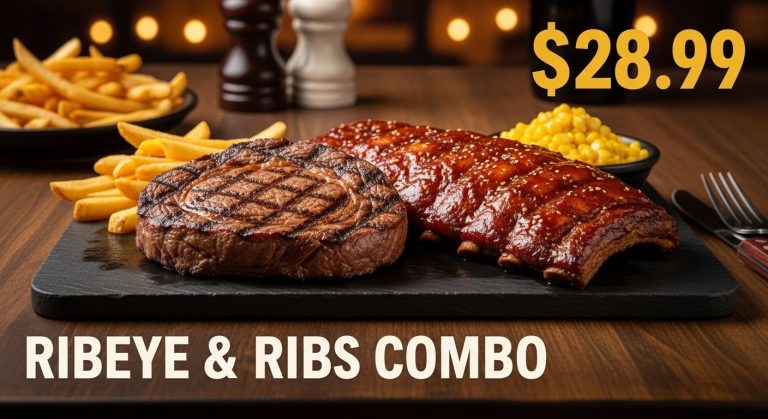The Pearl Couscous Boom: Why This Tiny Grain Is Big in Flavor and Popularity
There was a time when couscous meant only one thing: the fine, golden grains that steamed gently over a pot of stew. In other words, it used to be a dish tied to tradition and slow cooking. However, in recent years, something more adaptable has taken hold in kitchens around the world. Namely, pearl couscous has moved from a specialty item to a mainstay, appearing in salads, soups, and even desserts. Its rise is not the result of a passing trend, but a natural response to the way people cook and eat now: quickly, and creatively.
Pearl couscous’ rise to popularity is tied to a simple fact: it is as comfortable in a rustic home kitchen as it is in a fancy restaurant. Unlike its finer cousin, pearl couscous holds its shape and bite, which makes it ideal for dishes that need to travel or sit before serving. It absorbs flavors without turning mushy, and its neutral taste allows it to pair with everything from roasted vegetables to spicy meats. The grain’s versatility has made it a quiet favorite, a reliable choice for anyone looking to add depth to a meal without complicating the process.
A Grain With Many Faces
Pearl couscous is often mistaken for a type of pasta, and perhaps, the confusion is understandable. It is made from semolina or wheat flour, rolled into small balls and toasted to give it a nutty flavor and firm texture. This sets it apart from the more familiar Moroccan couscous, which is steamed and much finer, or the cracked wheat known as bulgur. The differences among types of couscous are not just textual but also functional. Pearl couscous, with its larger size, can be treated almost like a grain— it can be simmered in broth or tossed with oil and herbs, whereas its smaller relatives are perfect for steaming or quick hydration.
In Mediterranean and Middle Eastern cuisines, pearl couscous is often found in salads, mixed with fresh herbs, lemon, and olive oil. In Israel, it is served with everything from tomato sauce to caramelized onions. Western cuisine has embraced it for its ability to stand up to bold flavors, using it as a base for everything from spicy harissa to creamy feta.
The Pleasure of Texture
One of the most compelling reasons for the grain’s popularity is its texture. Pearl couscous offers a bite that is both tender and resistant, a quality that is difficult to find in other quick-cooking grains. When cooked properly, each bead remains distinct. This textural contrast is part of what makes dishes featuring pearl couscous so enjoyable. A salad with roasted squash and crumbled cheese becomes more interesting when the grains provide a counterpoint to the creaminess.
Unlike rice or quinoa, which can turn dry or clump together when refrigerated, pearl couscous holds up well over time. This practicality has endeared it to home cooks who want to prepare meals in advance without sacrificing quality. Its ability to reheat without losing integrity means that leftovers are just as appealing as the first serving, a rare quality in grains.
read more : The Ultimate Guide to Choosing the Right Blender for Your Home
The Appeal of Simple, Flavorful Cooking
Some of the most appealing ways to prepare pearl couscous are those that highlight its ability to carry bold flavors without overwhelming them. A basic method might involve toasting the grains in olive oil until golden, then simmering them in broth until tender. From there, the possibilities expand. A summer dish could feature couscous tossed with diced cucumber, cherry tomatoes, and a dressing of lemon and mint. In colder months, it might be combined with roasted root vegetables, caramelized onions, and a sprinkle of feta.
More inventive approaches have also emerged. Pearl couscous can be used as a stuffing for bell peppers or zucchini, mixed with herbs and spices. It can be folded into soups or even incorporated into desserts, cooked in sweetened milk with cinnamon and dried fruit for a pudding-like treat. Simply put, tasty recipes for pearl couscous are limited only by imagination!
This seasonal flexibility is not just a matter of practicality; it is a reflection of the grain’s versatility. Pearl couscous does not impose limitations on the cook. Neither does it dictate a particular style or cuisine. This is rare in a world where so many ingredients are tied to specific traditions or methods. It allows pearl couscous to feel at home in a wide range of dishes.
A Well-Made Dish
There is a particular pleasure in cooking with pearl couscous that goes beyond its practical benefits. The process of preparing it is rather satisfying. The texture, the way it holds its shape even as it absorbs the flavors around it, provides a reward that is often missing in quicker foods. This sensory experience is part of what makes cooking with pearl couscous so enjoyable.
The grain’s ability to deliver this kind of satisfaction is not limited to those with extensive culinary experience. Its forgiving nature makes it accessible to anyone who wants to cook, regardless of skill level. Pearl couscous is not just a tool for professional chefs or dedicated home cooks, but for anyone who wants to put a meal on the table that is both easy and rewarding. In this way, it embodies a belief that good food does not have to be complicated to be meaningful.
The Enduring Popularity of Pearl Couscous
Due to all these facts, it is likely that the popularity of pearl couscous isn’t a fleeting phenomenon. Its ability to meet the needs of modern cooks ensures that it will remain a staple in kitchens for the foreseeable future. As more people discover its potential, it is likely to appear in an even wider range of dishes. Chefs and home cooks alike will continue to find new ways to incorporate it.
What is perhaps most exciting about the future of pearl couscous is the possibility of further innovation. As it becomes more widely used, it will inevitably inspire new recipes, combinations, and interpretations. The grain’s neutral base and pleasing texture make it an ideal candidate for experimentation, after all.







